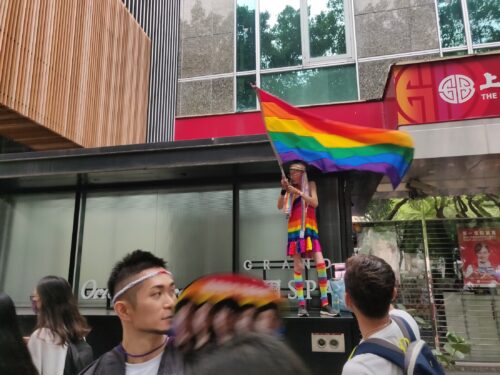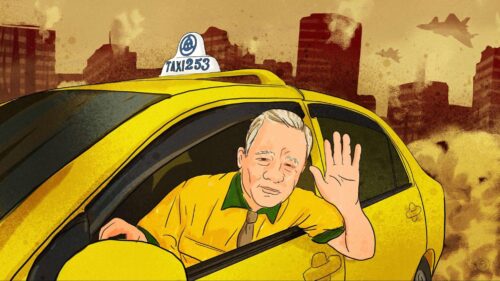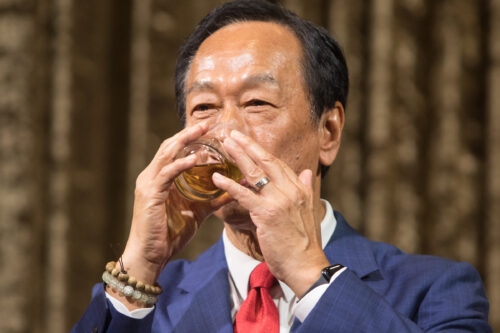Taiwan, abandoned
Huang Bowen captures the passage of time

This article was originally published on Neocha and is republished with permission.
In the past few decades, a series of government-led initiatives in Taiwan has industrialized the countryside. Factories and warehouses popped up across the island’s rural outskirts, but the industrial boom eventually came to an end. Today, many of these buildings, once a measure of Taiwan’s economic ambitions, now lay dilapidated. But these abandoned structures still hold importance, in that they can offer a glimpse into the region’s history.
The changing times are hardly a surprise to Huáng Bówén 黃柏雯. Born and raised in the ‘90s, the Taiwanese urbex photographer is a keen-eyed observer of the ebb and flow of time. The objects and places imprinted into his childhood memories—CRT televisions, bustling factories, and the grand theatre that he frequented as a child—are a constant source of inspiration for his explorations today. To him, it’s fascinating to see how nothing is able to escape the ruthless grasp of time. As it seems, people may age with grace, but buildings and objects simply crumble.
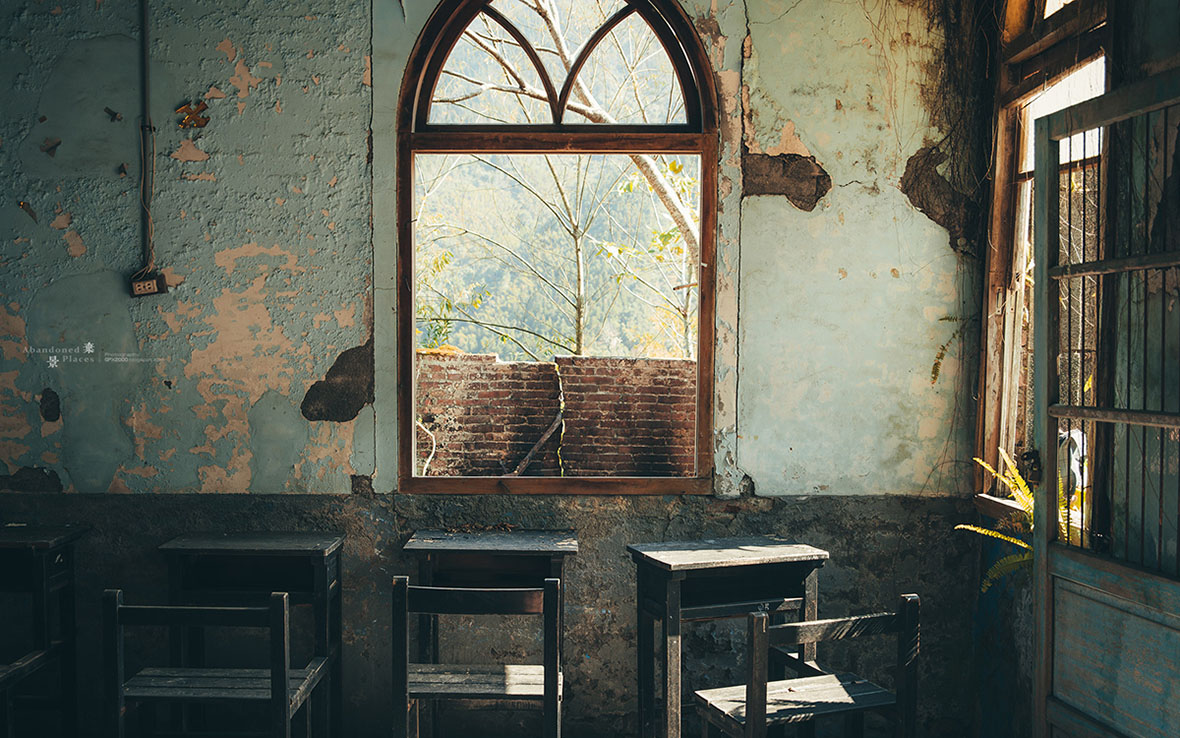
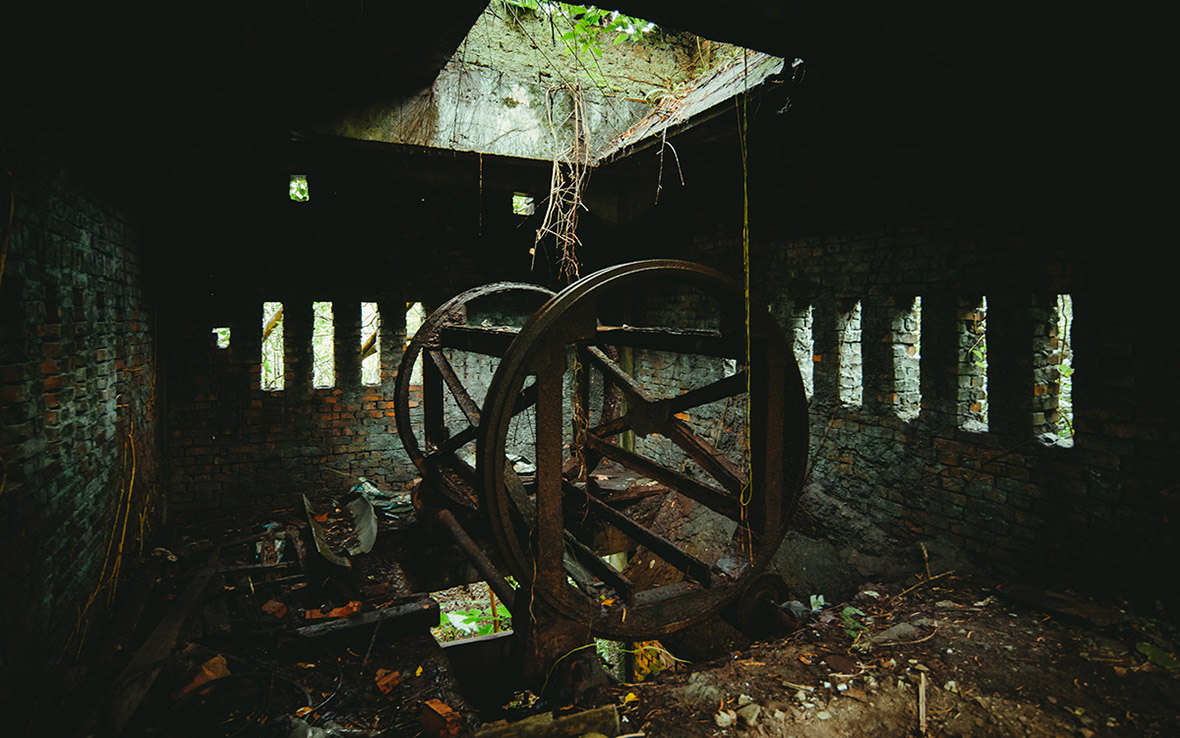
Huang’s first experience with urban exploration was during his conscription. In 2012, he tagged along with his army buddies when they decided to visit a large abandoned building in northeastern Taiwan. Though the precise details and exact location have long faded, that experience left an impression on him. It inspired him to take up urbexing on his own and learn how to take photos of his adventures. “It was so interesting that we put in so much work and overcame so many hurdles just to catch a glimpse inside,” he recalls.


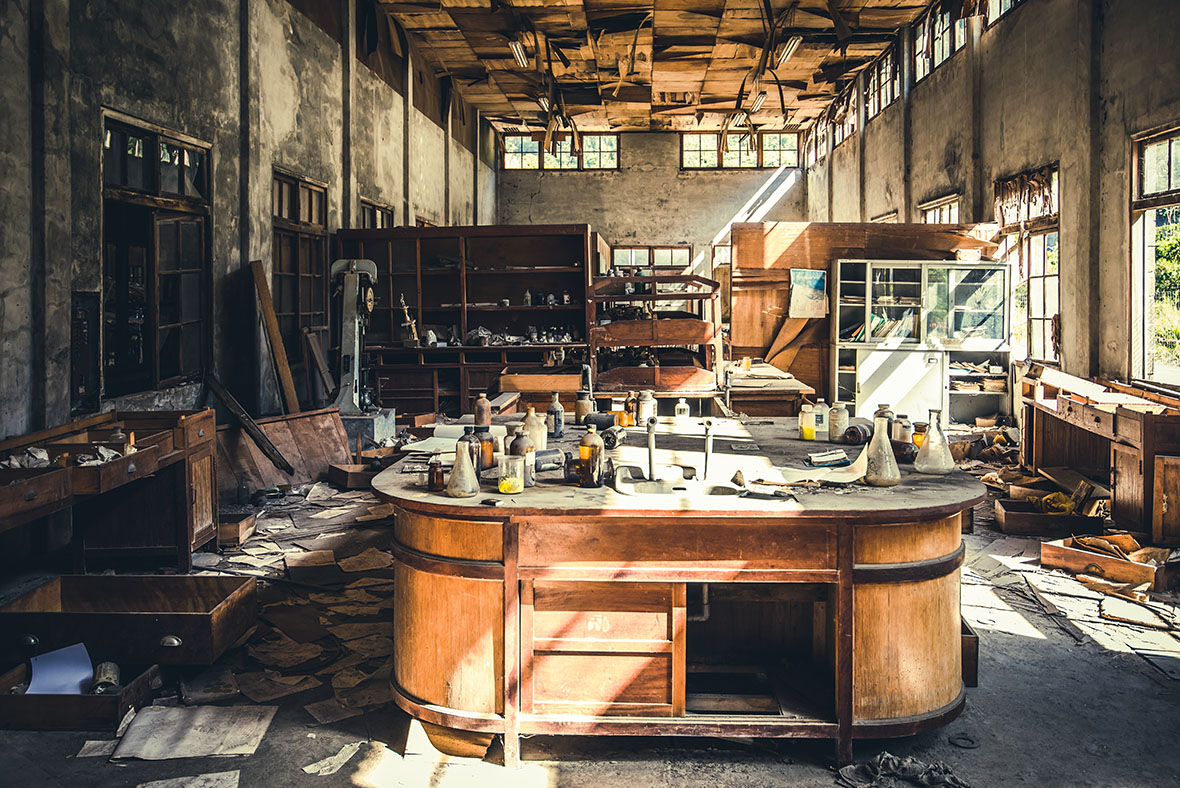
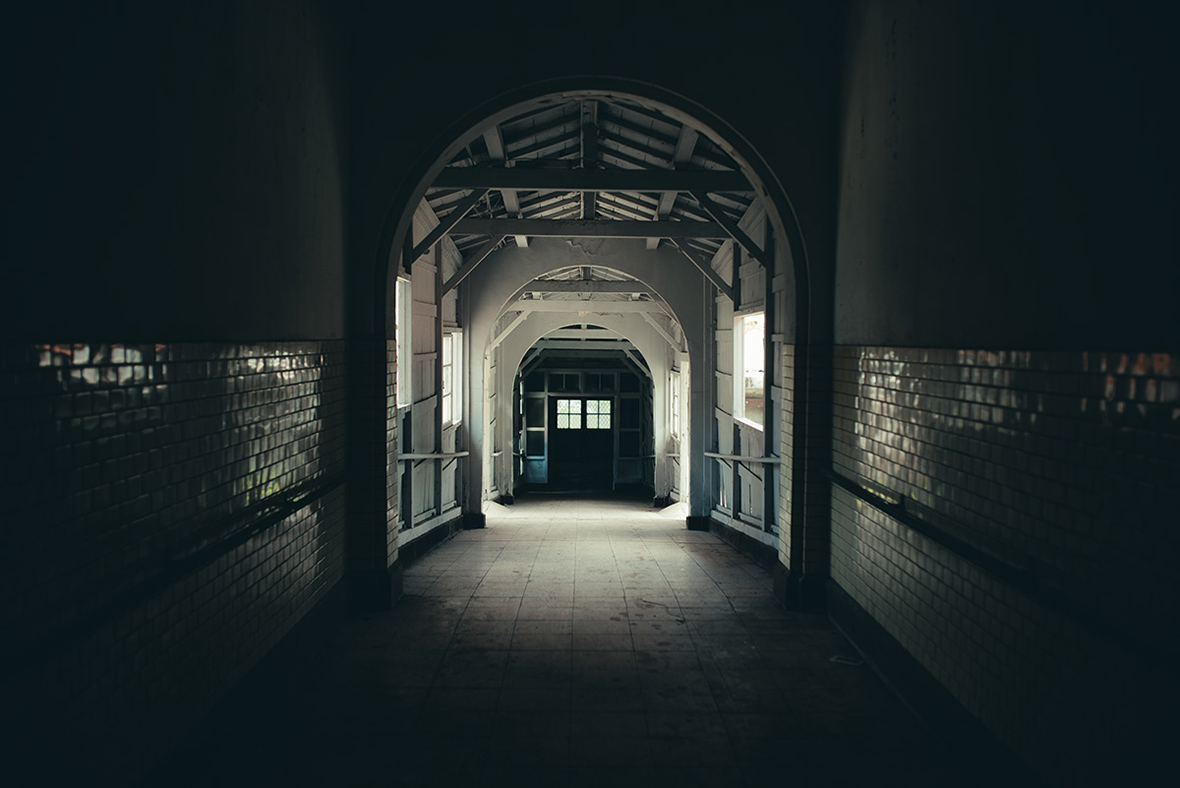
Urbex photography requires a certain degree of luck: the right weather condition at the right time can make a scene that much more stunning. Luck also plays a part in whether or not an urbexer can successfully get inside a building.
To ensure that Lady Luck is on his side, Huang often scouts out a location prior to the actual shoot. He’ll take mental note of times when guards aren’t around and the best spots to enter the complex. If the patrolman seems especially vigilant, then he’ll need to weigh out the risks and decide on whether or not it’s worth it.
It’s not always difficult though. “Sometimes it’s just normal people living next to these abandoned lots,” he says. “If you just give them a heads up as to what you’re doing, oftentimes you can just saunter right in and shoot to your heart’s content.”
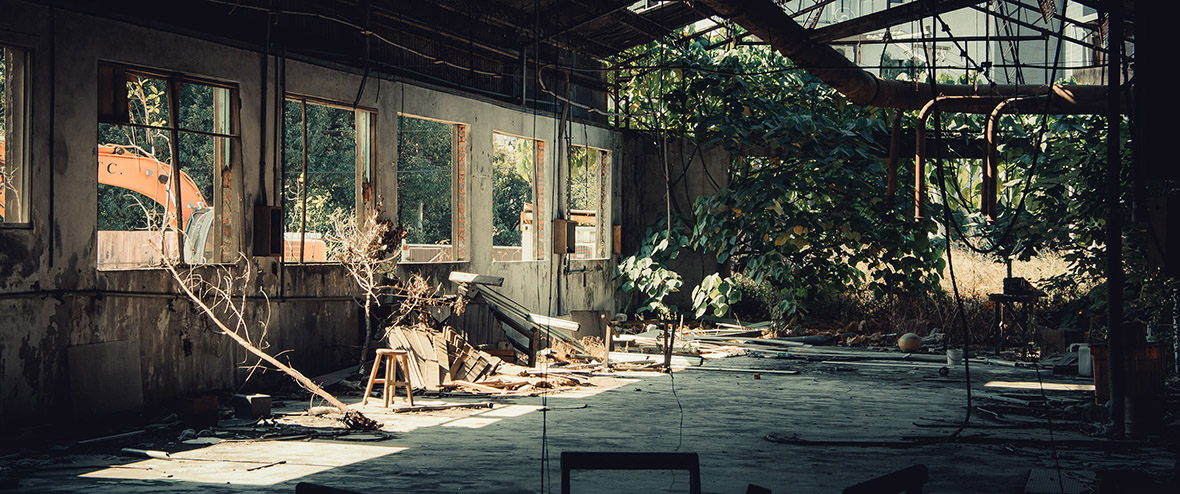
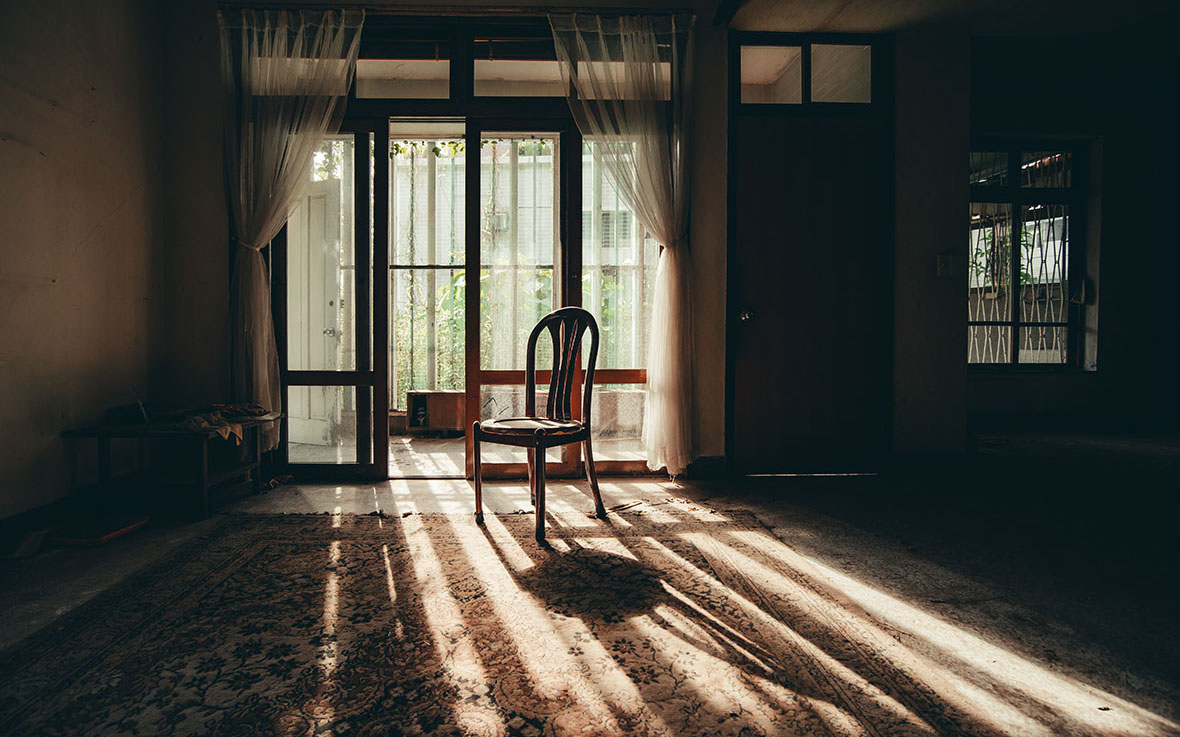
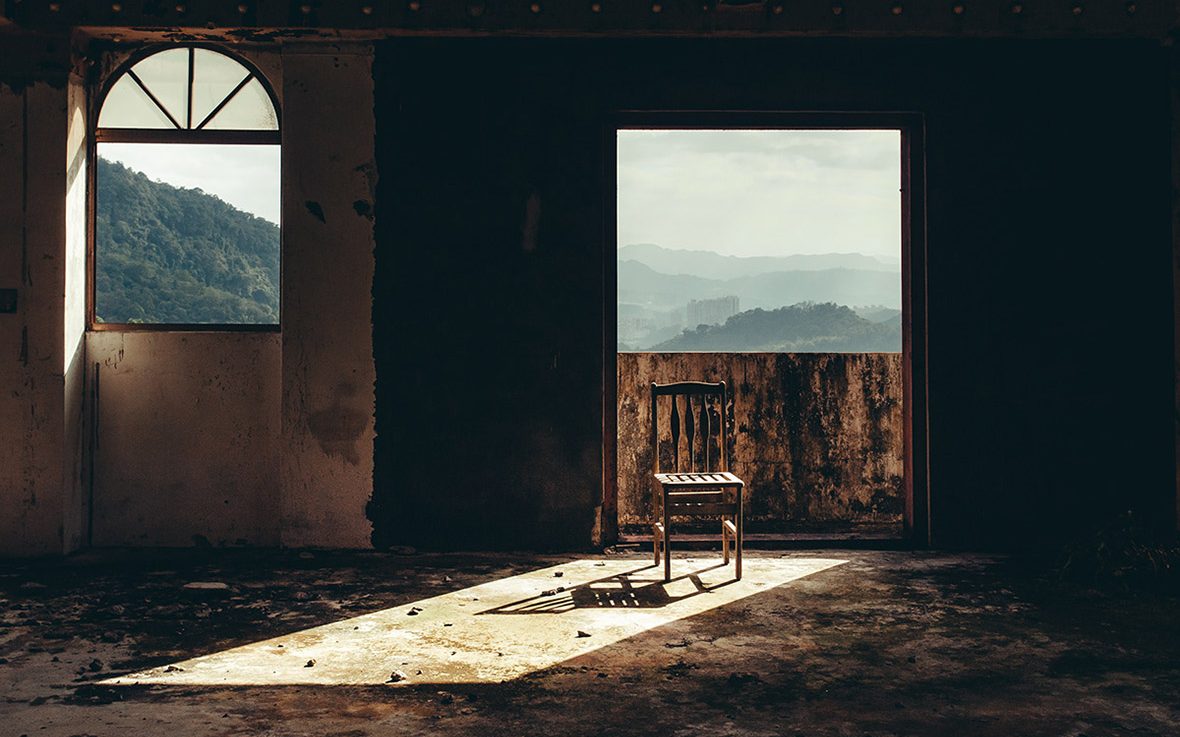

Luck, or rather the lack of luck, also plays a part in what an urban explorer may encounter inside each building. It’s not uncommon to find critters such as rats and cats scurrying out from the shadows, photography of deceased family members hung on the walls, stacks of well-preserved books from years past, or mattresses that have rotted into pieces. Unexpected run-ins are all part of the urbex experience.
But no matter how gritty an abandoned building may seem to the untrained eye, with the right light and composition, these structures—and even the trash within them—can take on a certain grandeur. “In larger industrial complexes, good light can add to the sense of spatiality,” Huang says. “In smaller residential spaces, the items that past inhabitants left behind tell revealing stories. But sometimes, it almost feels like the previous owners simply evaporated, and it leaves a lot to the imagination.”
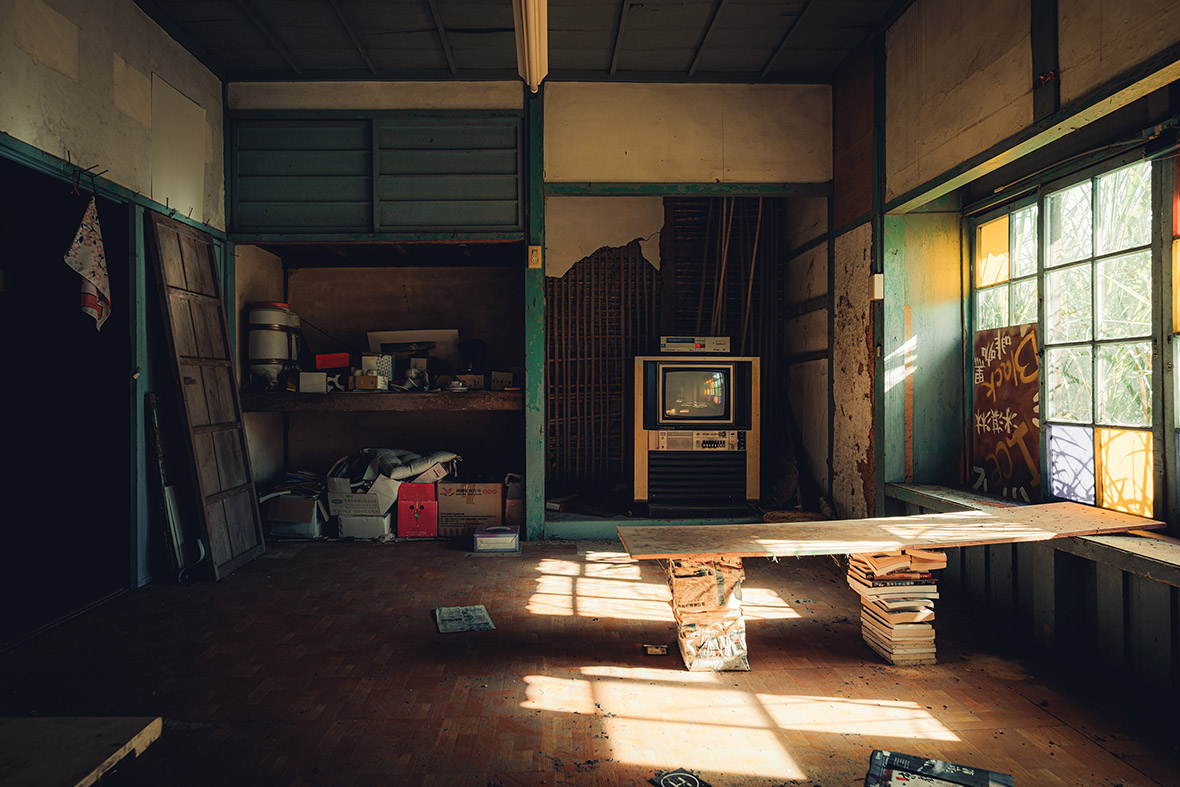
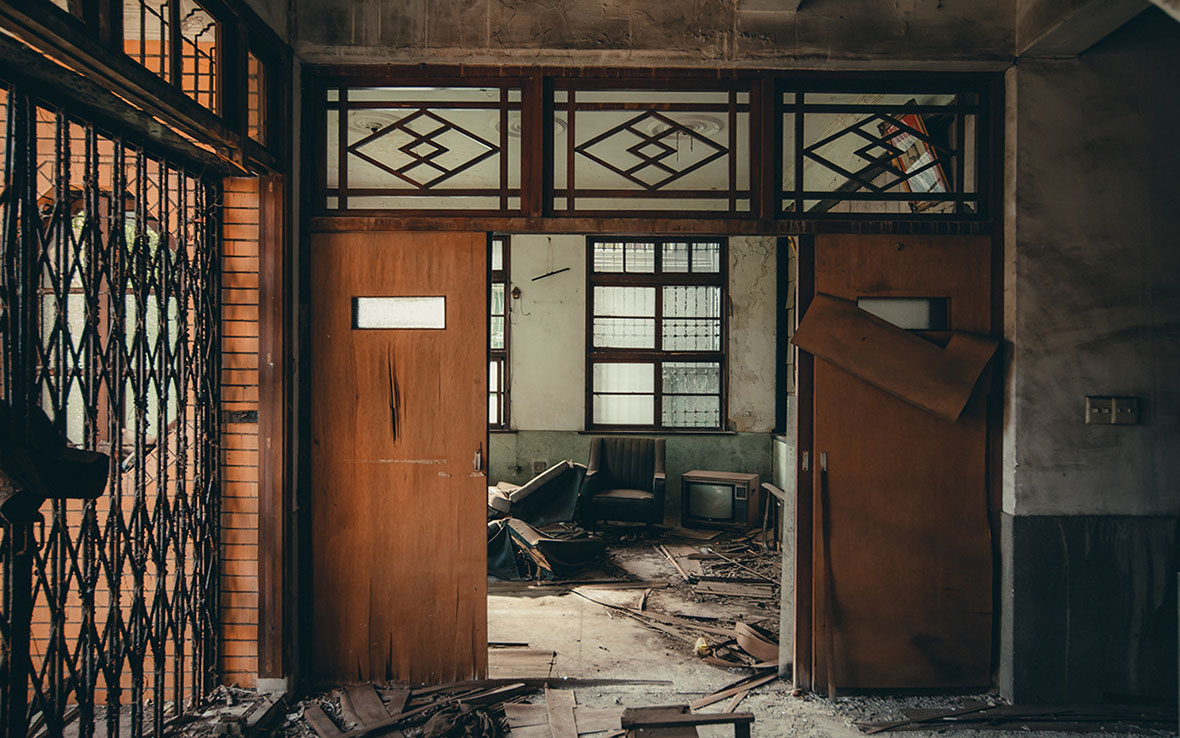
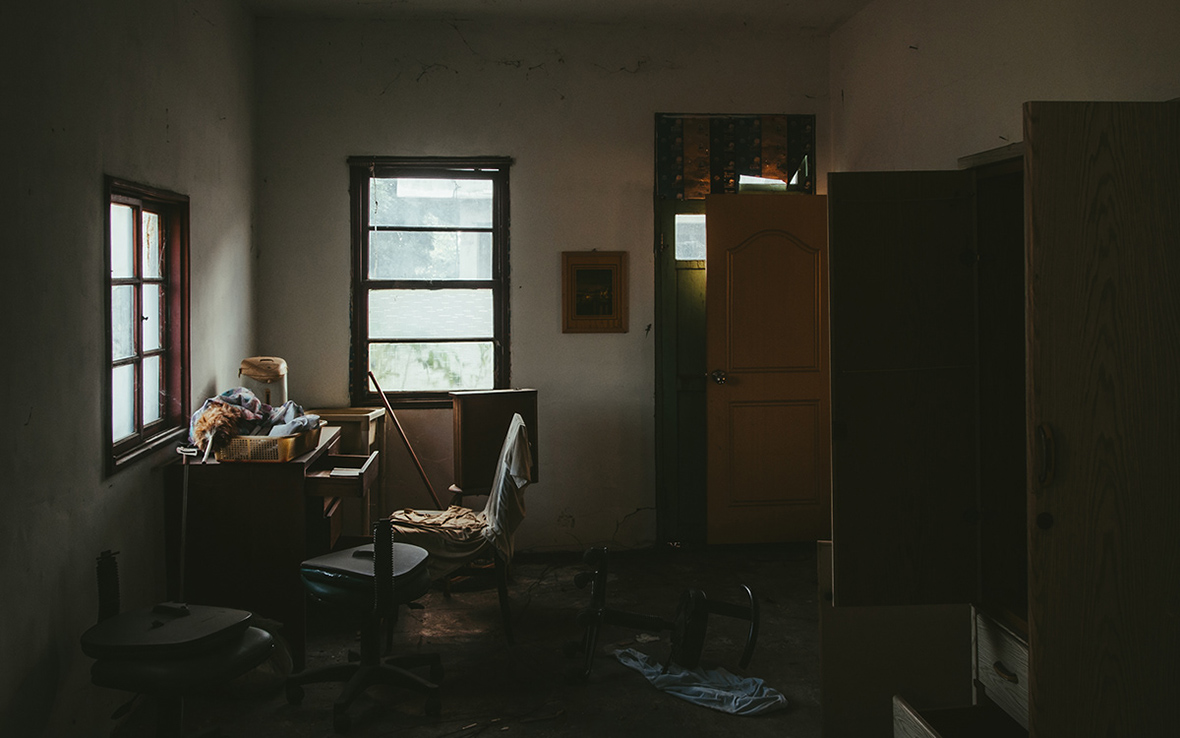
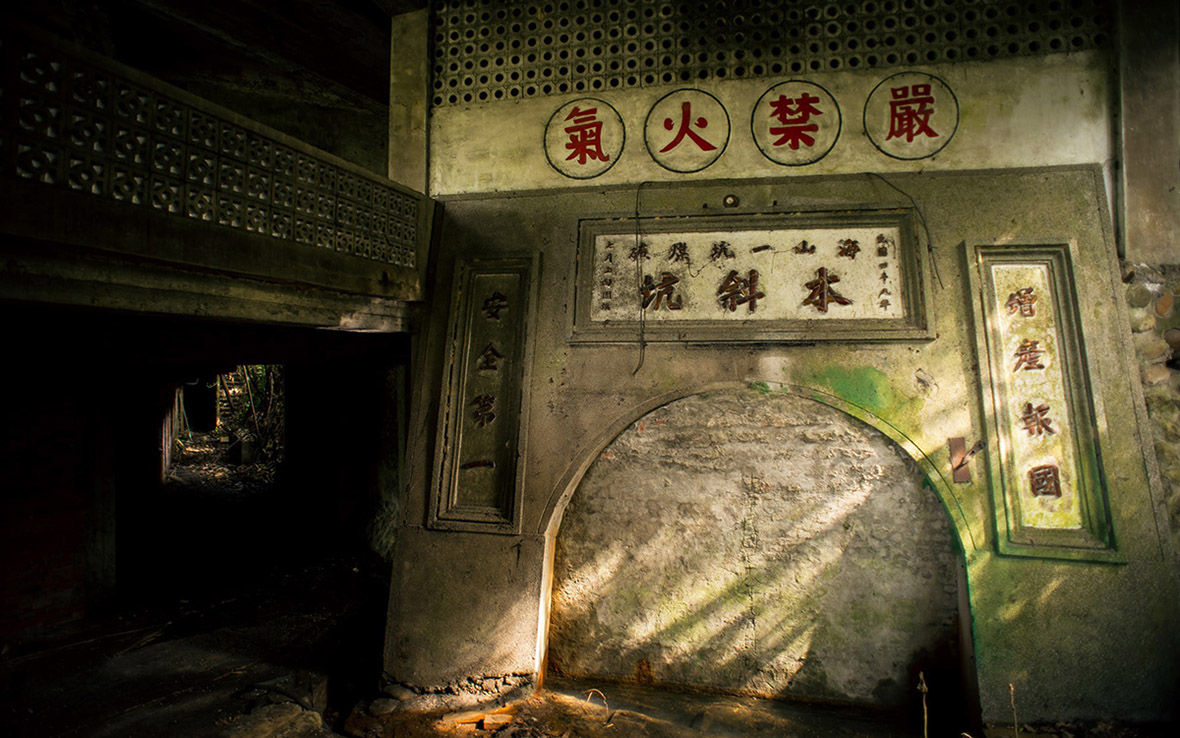
Structures that have been reclaimed by nature are among some of Huang’s favorites to explore. He says that, in these spaces, where the manmade meets the natural world, the passage of time feels like it takes on a material form—he’s able to picture the workers who built the structure, admire the metal and concrete used in its construction, and even imagine what the previous inhabitants might have been like. But in the present moment, with vines, branches, and ferns overrunning the space, he respects that Mother Nature has taken control, covering the building exterior and interior in ways she sees fit. The building’s past is wiped clean, as is its future.
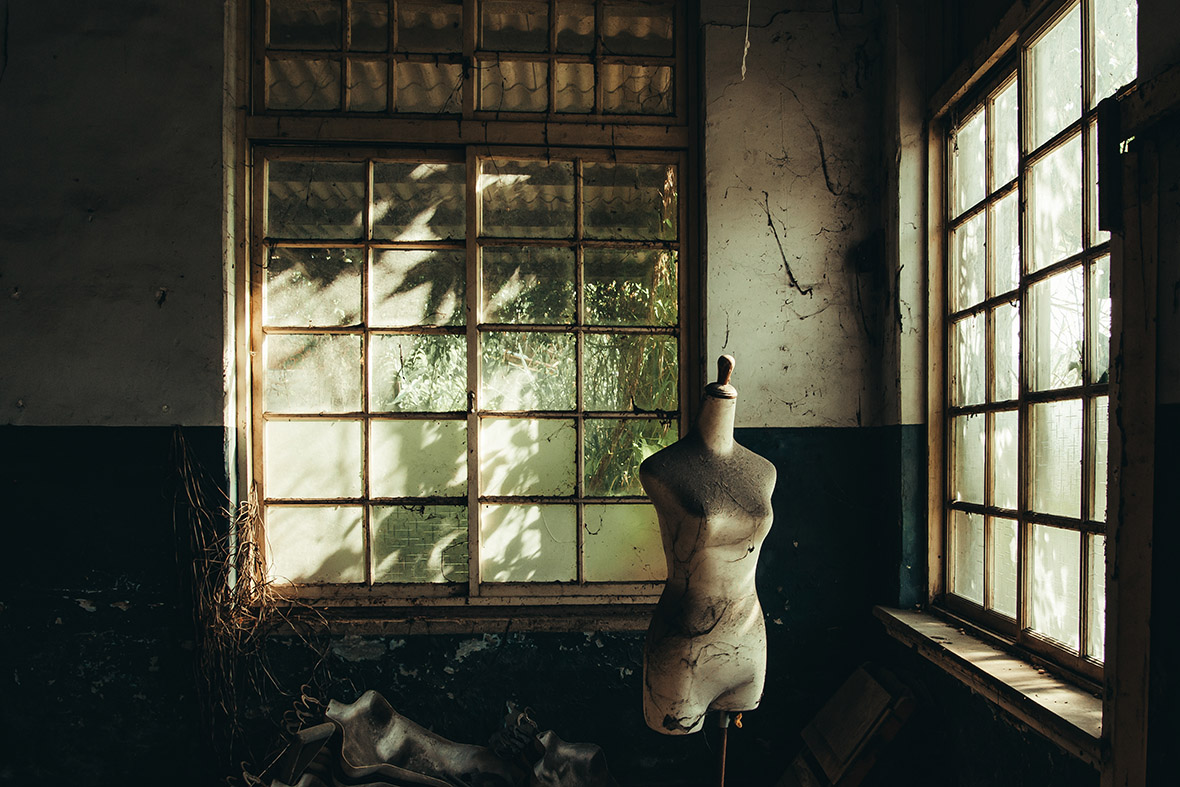
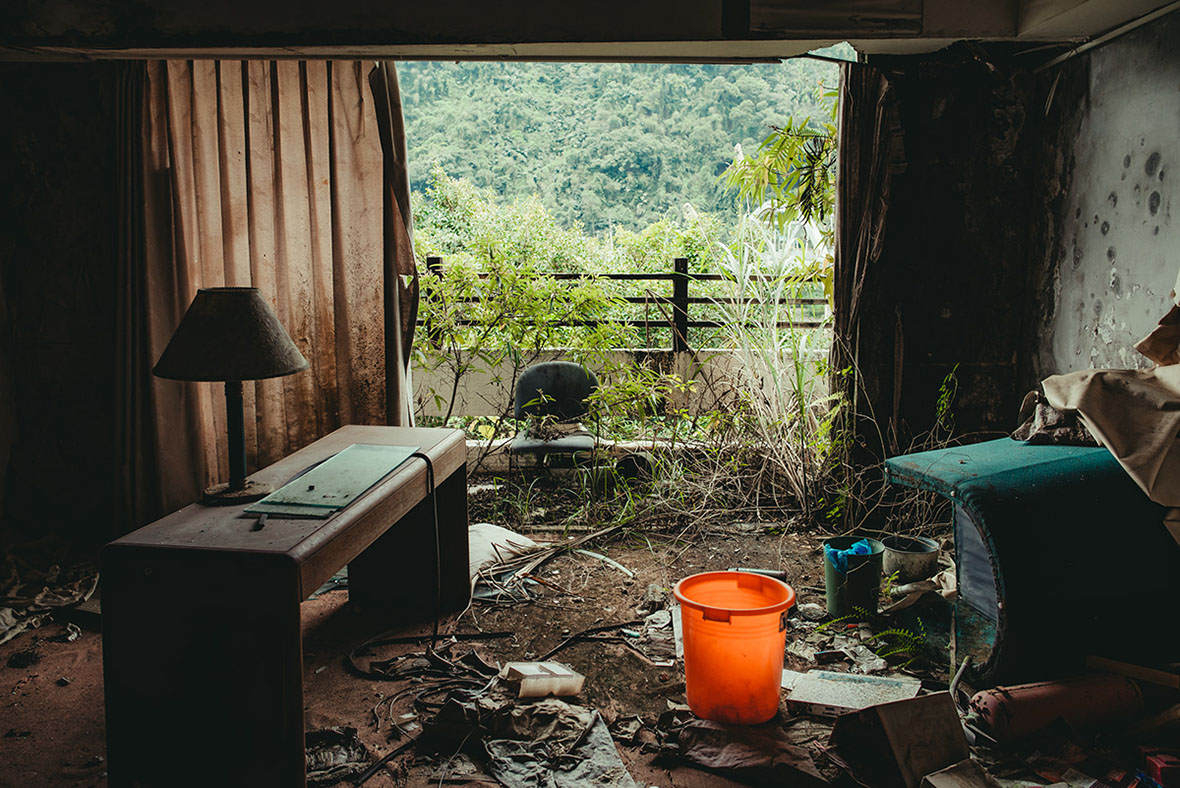
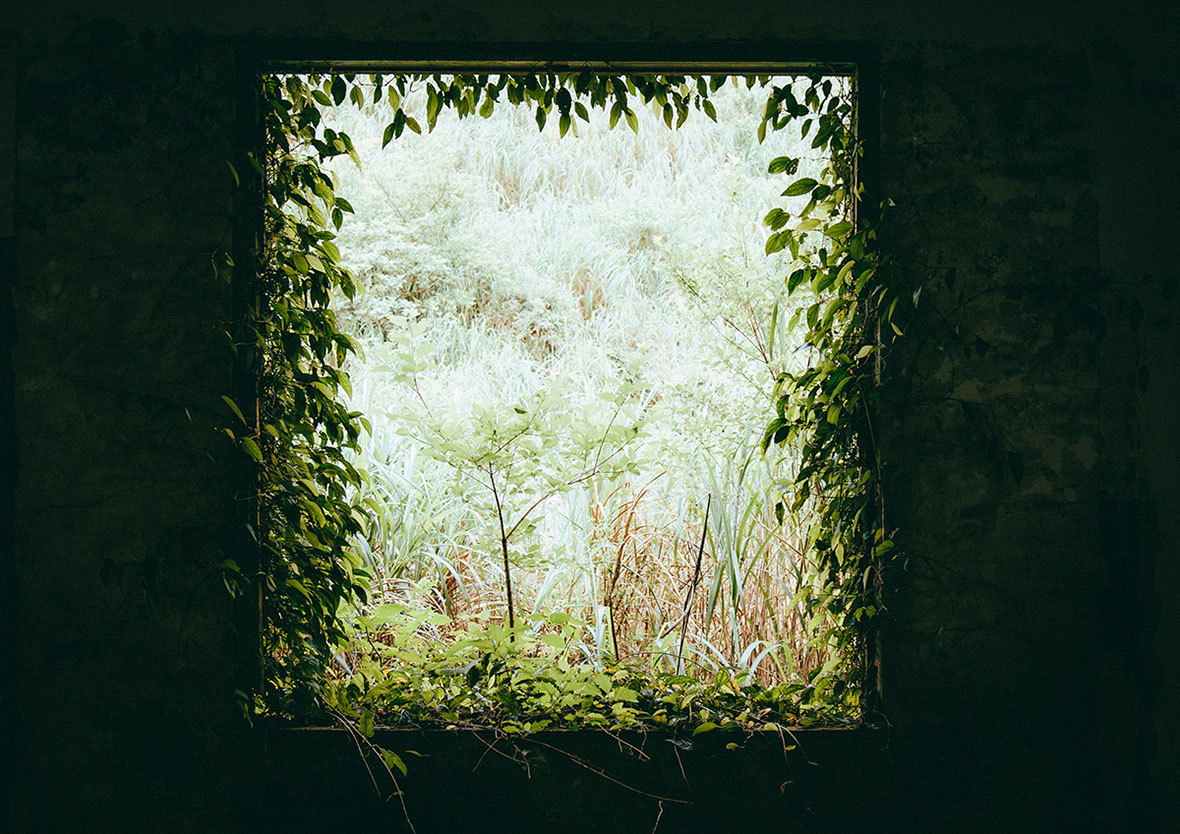
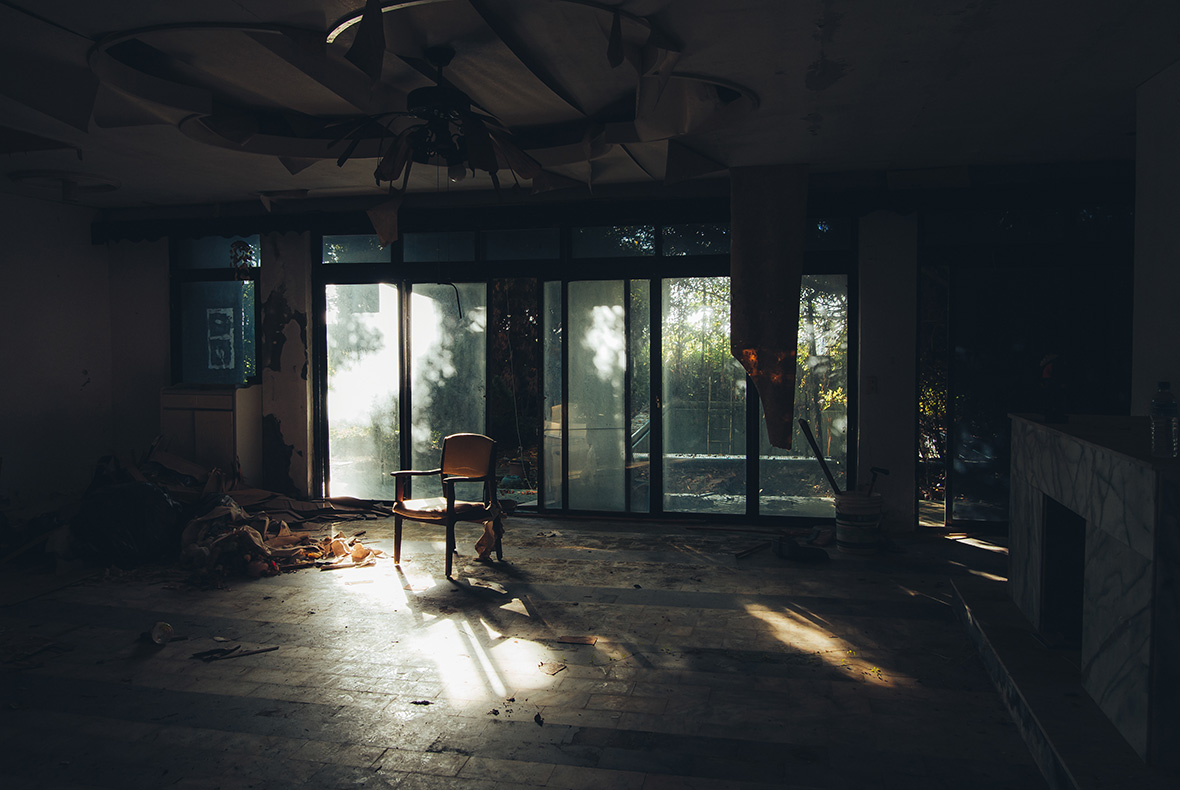
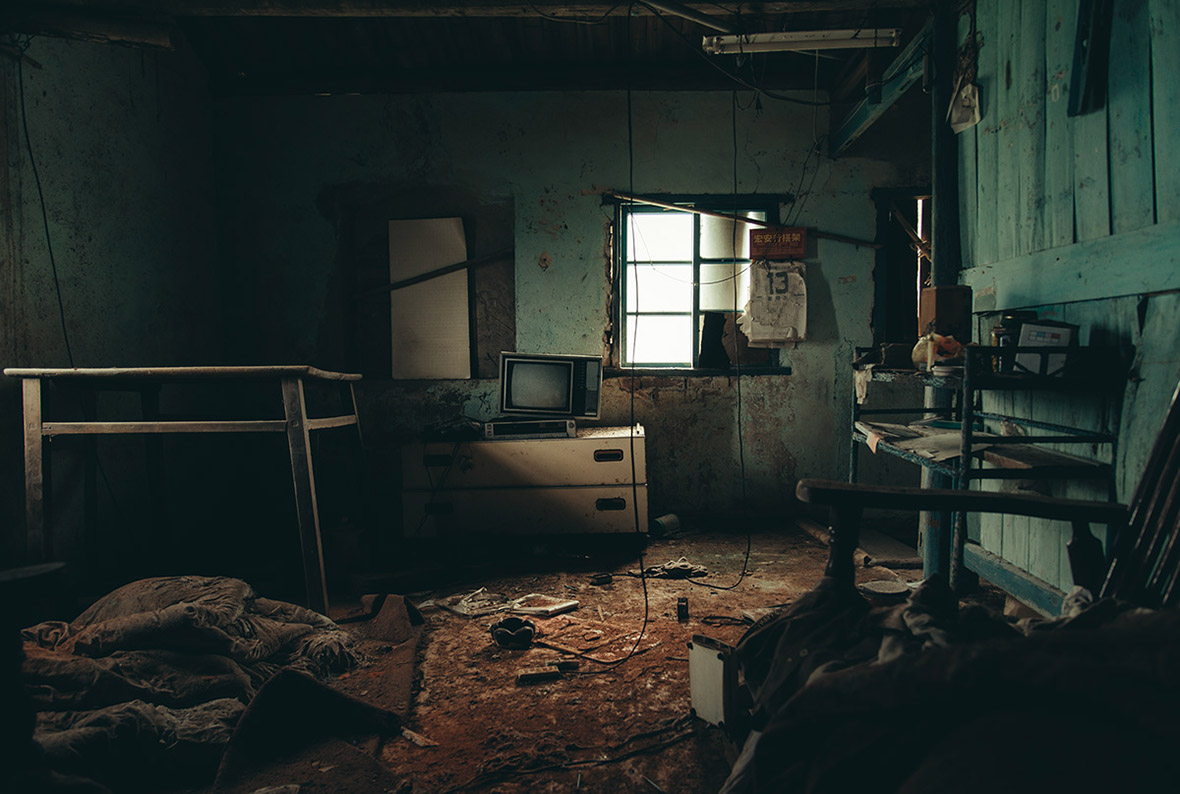
After every shoot, Huang’s edits aim not only to reproduce everything the way he saw in person but also evoke whiffs of the building’s past. His signature tones—namely the warm highlights and cyan-tinged shadows—add an atmospheric glow to his images, one that uncovers the elegance of these neglected structures. “I hope to lend my perspective to others,” he says. “I want to show them that there’s a lot of beauty and meaning to be found in these derelict places.”
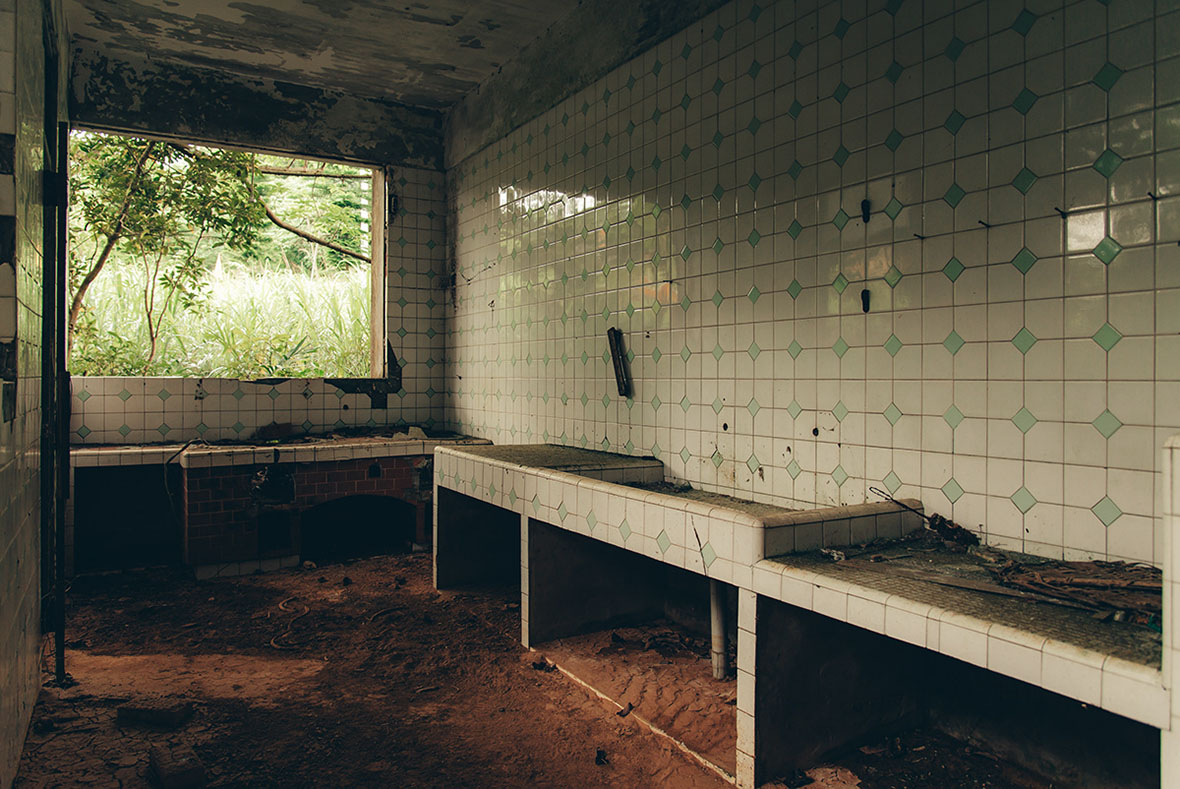
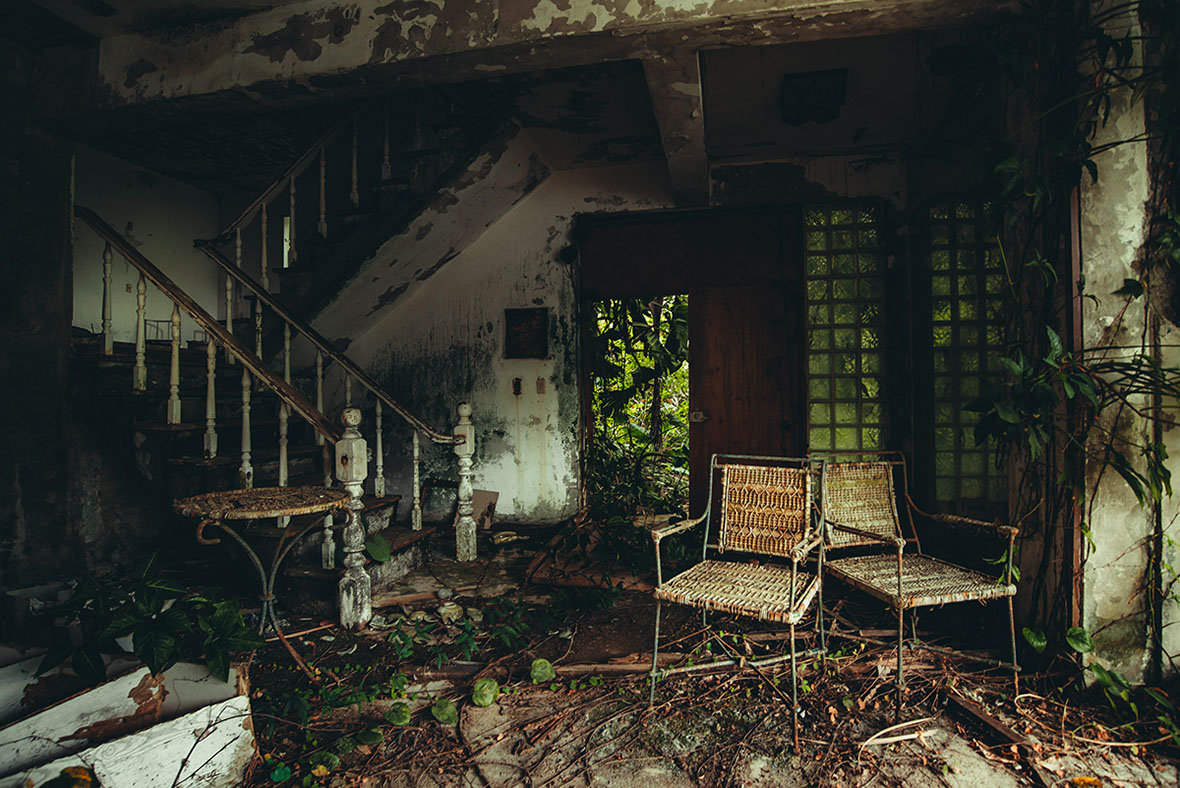
Like this story? Follow neocha on Facebook and Instagram.
Instagram: @gpx2000
Behance: @gpx2000
Contributor: Chen Yuan

